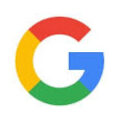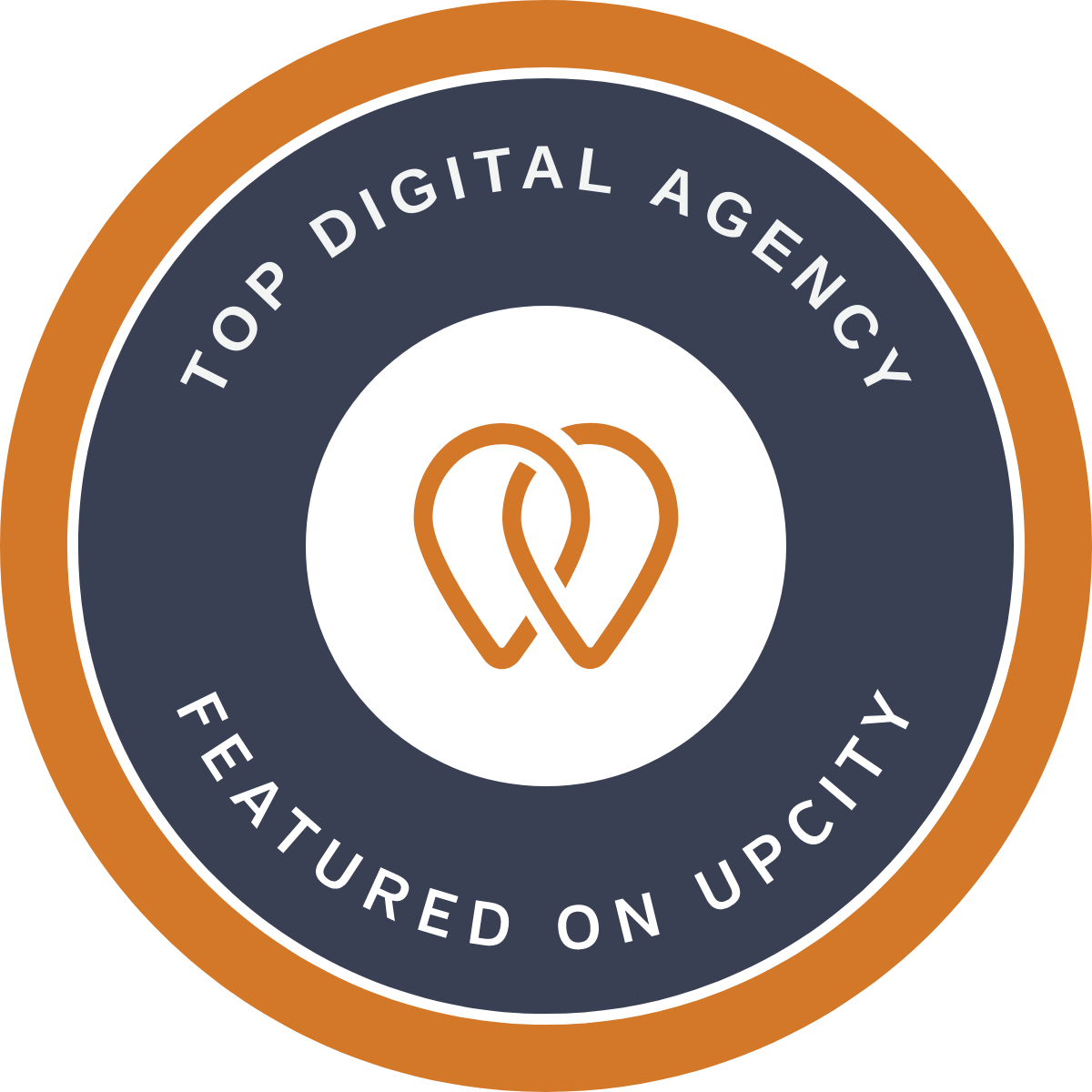Everybody is talking about SEO these days, but what exactly does it mean, and what elements are included? Let’s start with the basics. SEO stands for Search Engine Optimization.
SEO is the act of optimizing your website so that it can be found when somebody searches Google or other search engines for your company or relevant keywords. The problem is that there are millions of websites all vying for your customer’s attention. If your site doesn’t show up near the top of those listings, you’re pretty much invisible.
So how do you fix that? What can you change to make your page rank higher? That’s where SEO comes in. SEO speaks to search engines and sends them signals that your website should be listed higher for certain topics.
Pieces of the on-page SEO puzzle:
- Well-Targeted Keywords and Phrases
- Meta tags and descriptions
- Header Tags
- Alt Tags/Image Tags
- Internal (Inbound) Linking
Let’s break each of these down, so you understand the importance of each piece.
Why are Keywords Important?
Keywords are the words or phrases that indicate what your website is about. These are the search terms you want to be found for when somebody types in a search query in their browser bar or asks Google Home or Alexa a question.
Keywords are broad terms. Key phrases are also called long-tail keywords. A key phrase is a grouping of two or more words that offer a specific idea. An example of a keyword vs. a key phrase would be “locksmith vs. locksmith in Chattanooga.”
Broad keywords are important but much harder to rank for when you’re a small or new business. It’s often advised to target keywords with search intent or long-tail phrases. Another example would be “snorkeling vs. How can I learn to snorkel?” In the second example, you can see the intent of the question. The first phrase would pull in multiple topics: snorkeling as a hobby, gear, places to snorkel, and more. If you’re a small shop that teaches snorkeling lessons, the second phrase is specific and helpful. By creating groups of keywords that are specific to your website, you’ll have a better chance of sending the right kind of signals to Google, so that you’ll show up higher in search rankings.
What are Meta Tags or Meta Descriptions?
Meta tags or descriptions are tags that are coded into your site that tell search engines what your site or individual page is about. Going with the locksmith example above, you’d want to narrow down to what you do and where you do it. Your meta tags would indicate not only that you’re a locksmith, but most likely the services you offer and your location. Your description is a short blurb that describes what your page is about. These are like little red flags you’re waving, telling search engines like Google, that these are important keywords and ideas that represent your site.
What are Header Tags?
Notice the phrase directly above this sentence. “What are header tags?” When you emphasize a phrase by using header tags with proper code, it says this segment is an important indicator of what is on this particular page of my website. Note the headers in this article. We’re highlighting important sections, separating them into headers so you can easily tell what each part of the article is about, and that if scanning the page, you’d see the overall topic based on the grouping of headers.
What are Alt Tags?
Alt tags is a fancy way to say the words we use to describe the images on the page. If there is a picture in the middle of your web content, alt tags are another way to indicate to Google and other search engines that you are a good match for the searcher’s query. This helps push your site higher. But there’s another reason we use alt tags as well.
When you describe what your picture is in an alt tag, it helps those people with visual issues, by telling them what the picture is about. Some web users need a page read to them, due to their vision problem, and this helps your page with accessibility. Alt tags are a great place to use keywords and key phrases in your description. It’s another opportunity to emphasize what your website is all about.
Why do I need links?
There are two types of links you’ll need to build your website. On-page links and off-site links. For this article, we’re going to stay focused on the on-page version. The others are simply sites that link into your website from outside sources.
Internal links are created to connect relevant content between the pages of your website. It helps build up the strength of your site by making it both easier for the user to find what they need, and quietly sends signals to the search engines that you’ve thoroughly covered an important topic.
Great! How Fast Does SEO Work?
Slow down, there! While SEO is a vital component of your website, it’s important to understand that by making these crucial changes to your site, the changes don’t happen overnight.
If you ignore taking care of your SEO, thinking you’ll get to it later, it will only hurt the growth of your website.
It can take 4-6 months for all these pieces to start working together like a well-oiled machine. While you may see some indication of change earlier, in general, it’s a slow process. The great news is once your crucial elements are in place, you’re well on your way to making a big impact on the way your site ranks.
How Can Blogging Help You Rank Higher?
It’s no secret that Google likes fresh content. They like relevant content. They like useful content. When you blog, it gives you an opportunity to first show Google that your site is current. Next, relevant and helpful content are both indicators that you’re a quality site that they should trust.
This means that when somebody does a search query for the keywords you rank for, they push you up higher in the rankings. You’ve created a trustworthy and authoritative site in your niche.
Now that you know the important pieces of on-page SEO and how blogging can help, what will you do first to improve your rankings?
SEO Agency Helping You Rank Higher
At Pendragon Consulting, we have vast experience in Search Engine Optimization. Let us conduct a free audit of your website and provide some guidance on what can be improved. These simple actions can help boost the domain authority of your website and help you rank higher. You see, Google has about 200 factors in determining where a website should rank and it’s all a balancing act. If you have great content with all the right keywords but you’re not ranking well, it could be because your on-site SEO is not up to par. If the search engines can’t appropriately index your site, they won’t be able to figure out where you belong in the search engines and will therefore rank you much lower. For a free SEO audit, give us a call today at 443-343-2313 or send us a message on our website.






Leave a reply